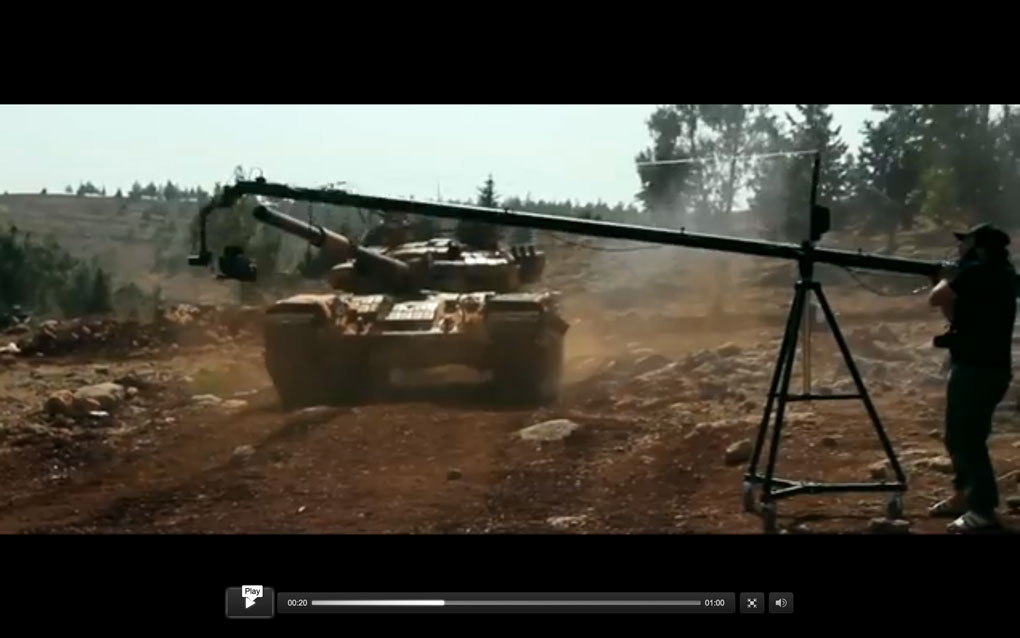Journalists are on the front lines covering terrorism. We are unarmed and unprotected. We work mostly alone. We not only work in hostile areas but now we are also the targets of terrorism.
It wasn’t always this way. Richard Engel, chief foreign correspondent for NBC News, noted at a panel discussion on reporting from the frontline at the University of Chicago in May that journalists used to enjoy some protection in hostile environments.
“The rebel groups didn’t like you,” said Engel. “But back then they knew they needed me because I was there to do a story about them and what I said had some sort of impact.”
But the code of conduct has changed. A reporter no longer serves as the messenger. Terrorists can cut out the journalist and go directly to the Internet to deliver their message. Engel believes the change occured because terrorists find journalists frustrating to deal with since they often edited interviews, taking rebels’ words out of context.
We are all familiar with the fate of James Foley as Medill students. He was one of our own, part of our extended family by education and trade. He was abducted while covering the Syrian civil war by the Islamic State of Iraq and Syria (ISIS) in 2012 and very publicly beheaded in a video that went viral in 2014.
Certainly journalists who cover terrorism on the front line face risks. There is no doubt that an assignment could end up with the story being published about the writer’s death. Yet, journalists can’t allow fear to stop the stories. I’m not advocating anyone put their life in danger for death defeats a journalist’s purpose: To get the story out to others who have the power and resources to make change happen. But we must continue reporting, taking calculated risks, so the world can have a fair and unbiased report of what is truly happening, rather than accept the propaganda terrorists push out as the truth.
Some experts believe that targeting Western journalists as part of an ISIS terrorism campaign is a critical part of its marketing plan to instill fear in journalists and the public.
“Terrorism works in a similar fashion as good advertising and marketing work,” said Angi English, executive director of the Texas Governor’s Committee on People with Disabilities, a part of the state’s emergency management division.
English recently graduated from the Masters program at the Naval Postgraduate School and Homeland Security where she studied national security issues. She recently wrote “The Social Influence of the ISIS Beheadings.”
Ken Aucremanne agrees. He formerly worked with the military and is a graduate researcher in social media at American University in Washington D.C. He said killing journalists is ISIS’ way of controlling its message. English adds that beheading journalists and putting the videos on social media can instill fear into the thousands of Americans that ISIS can’t reach directly because it gives them the message that their government can’t protect them.
“Kill one, win a thousand,” said English. “It’s a Chinese proverb. If it is so horrific that it jars our consciousness, our whole psyche, when you do it to one person, people get the message.”
ISIS is both symbolically and physically cutting off information to the West by cutting off journalists’ heads.
ISIS also has gotten extremely sophisticated in the way it uses video and social media. Terrorist groups used to put out shaky, grainy video but no more. ISIS has stolen video techniques from independent filmmakers and the journalists they kill.
“Terrorist organizations, for the most part, they don’t have critical infrastructure and resources to attack other nations,” said English.

Screenshot of ISIS video on how it produces video.
Instead, they use video and social media as their tools of terror. ISIS creates and shares cinematic videos that people are drawn to, giving the terrorist group an air of credibility.
“Ten or 15 years ago if you wanted to get the whole world to see your vision, you had to send someone to flight school and target the World Trade Center, but today all you need to do is go to film school,” said Aucremanne.
Aucremanne believes ISIS is using video because cameras and equipment are inexpensive and unrestricted in ways that weapons are not. The second video in this Daily Mail article shows ISIS’ behind the scenes video production techniques. Jon Lee Anderson, a correspondent for the New Yorker, said during the frontline reporting panel at the University of Chicago rebels now need fewer tools to be terrorists.
“All that is needed to be a terrorist or commit global terrorism is an iPhone, knife and a victim, with that you have your battlefield,” he said. “You have tens of millions of people who are going to see that and be terrorized by it.”
The West focuses on the gruesome and graphic beheading videos, but those are only a small portion of the videos ISIS is releasing. Aucremanne said there are plenty of other videos designed to show ISIS fighters as heroes and instill Pan-Arabic pride that are being distributed through private social media channels.






